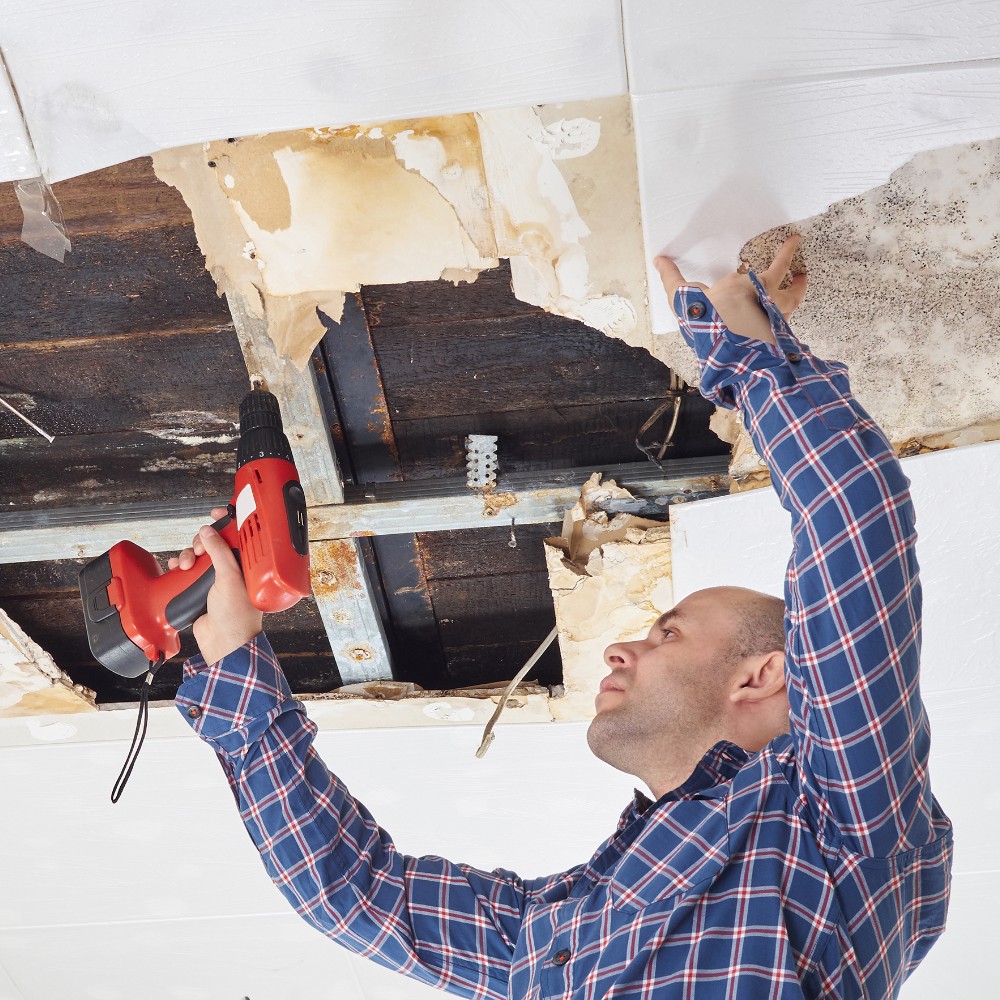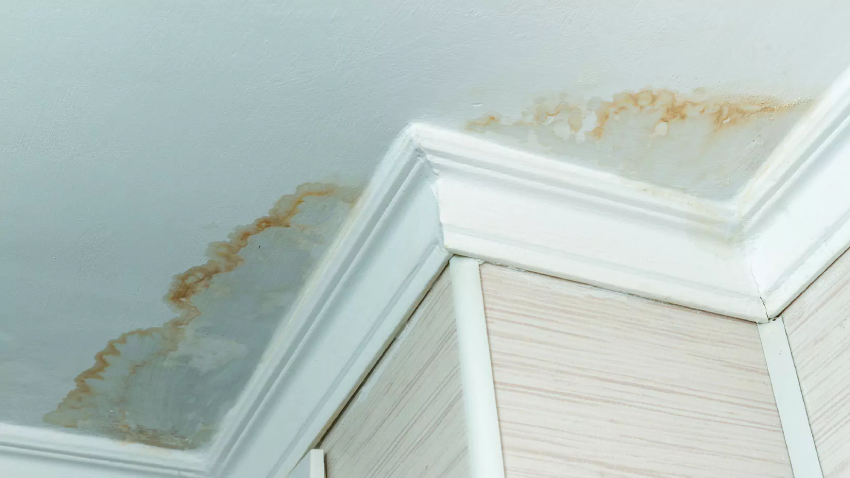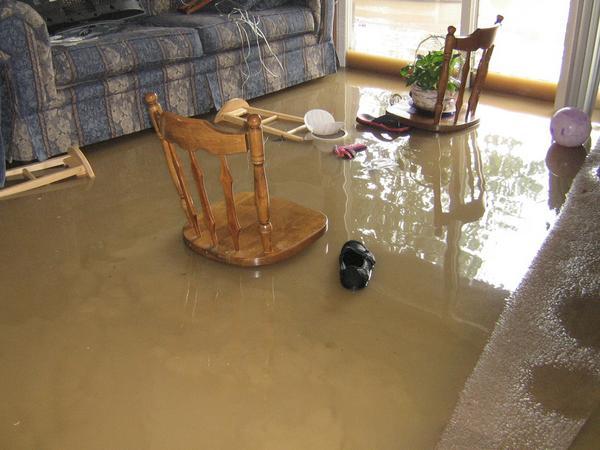Leading Water Mitigation Company Offering Fast and Efficient Solutions
Leading Water Mitigation Company Offering Fast and Efficient Solutions
Blog Article
The Process of Water Damage Cleaning: Guaranteeing Your Home Is Recovered Properly
Water damage can be an overwhelming obstacle for homeowners, necessitating a thorough and structured cleanup procedure to restore safety and security and performance. An extensive assessment is critical to recognize the extent of the damages and identify the ideal remediation measures. Following this, reliable water removal strategies play an essential duty in reducing additional injury. Nevertheless, the subtleties of drying, disinfecting, and eventual reconstruction are similarly essential and typically neglected. Comprehending these phases can make a substantial distinction in the end result of your home's repair, prompting a closer appearance at what each step involves.
Evaluating the Damage
Upon uncovering water damages, the primary step is to thoroughly evaluate the degree of the influence. This first assessment is essential, as it assists establish the necessary steps for efficient clean-up and remediation. Begin by inspecting the influenced areas, including wall surfaces, ceilings, floorings, and individual valuables, to determine the source of the water intrusion, whether from flooding, leaks, or condensation.
Recording the damage is crucial for both insurance coverage claims and preparing remediation initiatives - damage restoration services. Usage photographs and written notes to record the intensity of the damage, keeping in mind any type of damaged structural elements and materials. Pay special interest to areas that may not be right away noticeable, such as behind walls and under carpets, as hidden moisture can bring about additional issues, including mold growth
Furthermore, examine the timeline of the water exposure. The longer the materials continue to be damp, the greater the possibility for damages. Understanding the period of exposure will certainly notify the urgency of remediation initiatives. Ultimately, a detailed assessment lays the groundwork for a successful water damage clean-up procedure, ensuring that all influenced locations are addressed properly and thoroughly.
Water Extraction Strategies

Specialists usually employ submersible pumps for larger volumes of water, which can swiftly minimize flooding in cellars or various other influenced locations. For smaller sized amounts, wet/dry vacuum cleaners are frequently utilized to draw out residual moisture from carpetings and difficult surface areas. Furthermore, using mobile extractors permits targeted removal in confined areas or locations with fragile materials.
In instances of polluted water, such as sewage or floodwater, advanced extraction methods might include making use of biohazard devices to make sure safety and conformity with wellness guidelines. High-powered extraction tools are crucial in reducing water retention in architectural products, which can result in mold development and architectural degeneration otherwise dealt with without delay.
Ultimately, the efficiency of water removal techniques plays an essential function in the overall success of the water damage cleanup process, laying the foundation for succeeding repair efforts.
Drying and Dehumidification
As soon as standing water has been effectively drawn out, the next important phase in the water damage cleanup process is drying out and dehumidification. This action is important to stop additional damage and mold development, which can occur within 24 to two days in damp settings.
To attain efficient drying, specific equipment such as industrial-grade air moving companies and dehumidifiers is employed. Air moving companies distribute air across damp surfaces, boosting evaporation rates, while dehumidifiers minimize moisture degrees airborne, promoting a helpful setting for drying. The mix of these devices guarantees that wetness is drawn out from furnishings, floorings, and walls, permitting them to dry completely.
It is essential to check the drying process carefully. Professionals usually make use of wetness meters to evaluate the wetness web content in various products, making sure that all affected areas get to acceptable dry skin levels. This precise approach aids to stop hidden moisture pockets that could cause structural damage or read here harmful mold and mildew development.

Cleaning and Sanitizing
After the drying out and dehumidification phase is full, the following important action in water damages clean-up is cleaning up and sanitizing the impacted areas. This procedure is essential to avoid the growth of mold, microorganisms, and various other microorganisms that thrive in wet environments.
The cleansing phase commonly involves removing any kind of debris, dirt, and contaminants from surfaces making use of specialized cleaning agents. For hard surfaces, a combination of soap and water or business cleansing products is commonly utilized. Soft products, such as furniture and carpets, may need more substantial cleaning techniques, including heavy steam cleaning or deep extraction methods, to make sure comprehensive cleanliness.

Sterilizing follows cleansing, utilizing EPA-approved disinfectants to get rid of harmful microbes. This step is important, specifically in locations that may have entered call with floodwaters or sewage, as these resources can posture major health and wellness risks.
Furthermore, it is essential to resolve any kind of remaining odors, which might need making use of odor neutralizers or sophisticated techniques like ozone treatment. Correct cleansing and disinfecting not only restore the safety and health of your home yet also lay the groundwork for effective repair and repair work in subsequent phases of the water damages clean-up procedure.
Repair and Fixings

As soon as the evaluation is total, reconstruction initiatives can start. In addition, floor covering may call for comparable interest, depending on the degree of water exposure.
It is critical to involve skilled reconstruction professionals throughout this process, as they have the experience to deal with complex fixings effectively. Moreover, they can help mitigate possible future issues, such as mold development or architectural instability, therefore guaranteeing a secure and habitable living atmosphere. Eventually, effective remediation and repair work restore the home's integrity and improve its general value.
Final Thought
Finally, the procedure of water damage cleaning is essential for bring back a home to its pre-damage problem. Each phase, from analyzing the damages to implementing effective water removal techniques, complied with by thorough drying, sterilizing, and needed repairs, plays an essential duty in making sure safety and compliance with building standards. Reliable implementation of these steps not only mitigates prompt damages but additionally boosts the lasting stability and worth of the building.
Water damages can be an overwhelming challenge for house owners, necessitating a organized and precise clean-up process to restore safety and security and functionality. Ultimately, a comprehensive evaluation lays the foundation for a successful water damages cleaning procedure, making certain that all influenced locations are dealt with successfully and extensively.
Reliable water removal methods look here are crucial in reducing damage and avoiding further complications complying with a water invasion event.In final thought, the procedure of water damage clean-up is critical for bring back a home to its pre-damage problem. Each phase, from evaluating the damage to carrying out effective water extraction techniques, followed by extensive drying out, sterilizing, and needed repairs, plays a necessary function in making sure safety and security and anchor conformity with building requirements.
Report this page